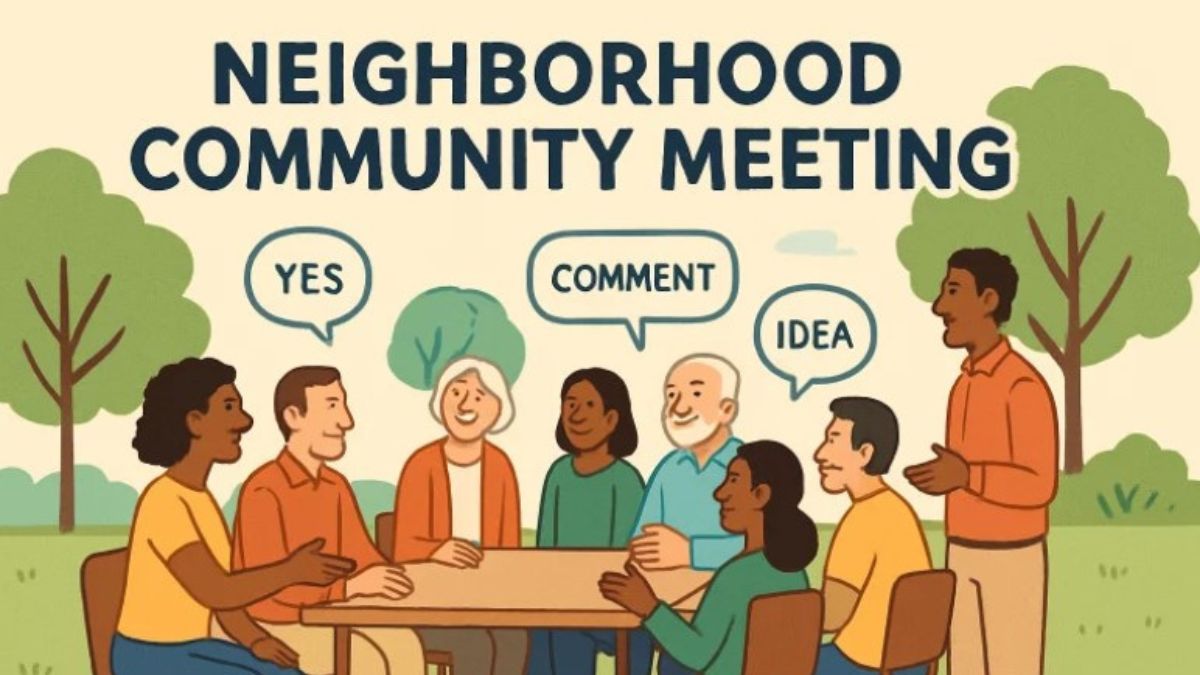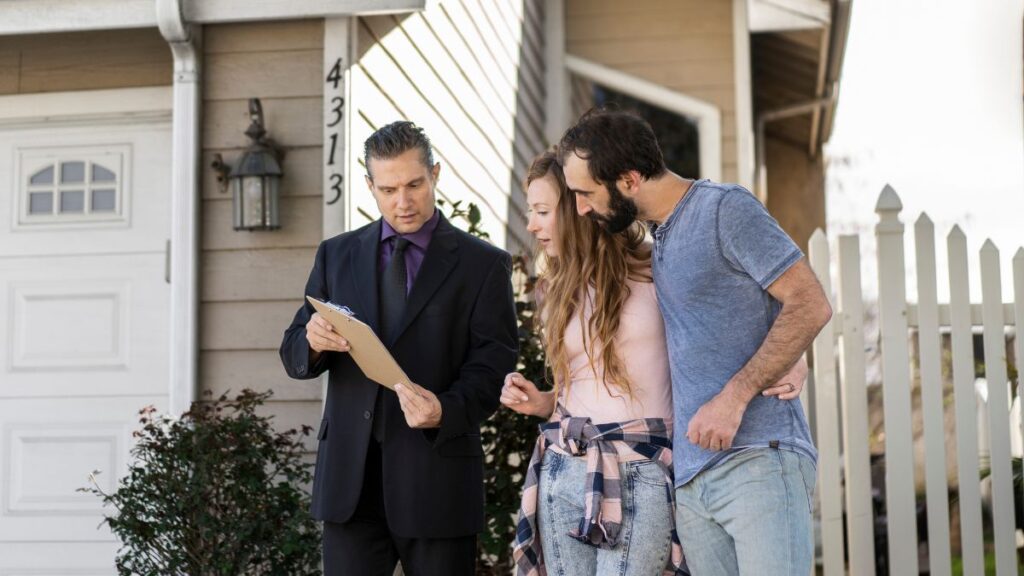Effective communication is a foundational pillar in transforming a Homeowners Association (HOA) from simply a group of connected properties into a genuine, thriving community. When communication is open and streamlined, HOAs become environments where residents don’t just coexist, but actively participate and feel invested in the success of their neighborhood. Open information exchange helps ensure everyone is on the same page regarding decisions, policies, and community events. In today’s digitally interconnected world, achieving this synergy requires a thoughtful blend of technology and personal interaction. By engaging with a professional HOA Management service, HOAs can implement proven best practices that bolster communication, bridge knowledge gaps, and foster unity among residents and board members, helping to create a true sense of belonging for all.
Modern homeowners are increasingly accustomed to immediate access to information and expect honest, consistent dialogue about what impacts their community. This means outdated, sporadic, or unclear communication practices can quickly erode trust. By nurturing a culture that values timely information—shared through a mix of traditional newsletters, community gatherings, and digital alerts—HOAs empower residents to remain informed and engaged. This active communication improves daily interactions and strengthens confidence in the board’s leadership, creating a place where every homeowner feels heard, valued, and part of a larger mission.
Establishing Clear Communication Channels
A strong HOA is built upon the principle that every resident is well-informed of essential decisions, timely updates, and all community happenings. Accomplishing this requires creating a multi-dimensional communication system that appeals to younger, tech-savvy members and those who may prefer print or face-to-face updates. An omnichannel approach offers several tangible tools:
- Email Newsletters can be the backbone of regular outreach, providing monthly or weekly summaries about fee changes, maintenance schedules, board elections, and upcoming projects, ensuring the community knows every critical detail.
- Community Websites or Portals: Centralized online platforms allow residents to access governing documents, meeting minutes, announcements, event calendars, and community policies anytime. This is especially important for new homeowners and those needing to reference rules or past decisions quickly.
- Social Media Groups: Platforms like Facebook Groups or Nextdoor can facilitate less formal interaction, prompt urgent alerts, conduct polls, and host Q&A sessions, building a continuous thread of engagement among neighbors.
By offering these diverse communication options, HOAs can effectively engage all members, minimizing miscommunications or feelings of exclusion, and ensuring everyone has direct access to information in a way that best suits their lifestyle.
Promoting Transparency and Trust
Transparency is the cornerstone of every trusted HOA. Residents deserve to see not just what decisions are made, but also understand the logic and process behind them. Open governance helps dispel rumors, prevent misunderstandings, and engender goodwill throughout the community. Practical strategies to enhance transparency include:
- Sharing Meeting Agendas and Minutes: Making these documents available in advance and after each board meeting illuminates what is being discussed and gives residents a window into board deliberations and outcomes.
- Regular Financial Reporting: Presenting accessible budget reports, expense highlights, and finance updates assures residents that the association’s resources are being managed responsibly. Using plain language and visual summaries makes reporting clearer.
- Open Meetings: Inviting homeowners to attend meetings, either in-person or virtually, allows them to witness discussions and provides opportunities for direct feedback, enhancing accountability and building mutual respect.
When HOA leadership consistently demonstrates honesty and openness, it bolsters residents’ confidence, reduces skepticism, and creates an environment where everyone feels part of team efforts to improve the community.
Encouraging Resident Participation
Resident engagement is what turns an HOA from a simple management organization into a valuable, connected community. When homeowners become active contributors to decision-making and various initiatives, the association benefits from diverse perspectives and shared accountability. Ways to foster involvement include:
- Hosting Community Events: Regular gatherings such as holiday parties, block barbeques, and neighborhood clean-up days bring neighbors together in a relaxed, social setting, strengthening bonds and encouraging friendships.
- Forming Committees: Specialized groups, such as landscaping, safety, or event planning committees, allow interested residents to lead specific projects, utilize their skills, and deepen their investment in the community’s well-being.
- Soliciting Feedback: Employing surveys, comment boxes, and forums—both online and in—person—invites a range of viewpoints on issues from amenities to rule changes, ensuring everyone has a voice in shaping the HOA’s future.
Facilitating these engagement pathways strengthens the community’s sense of ownership, pride, and unity, leading to a more harmonious and effective HOA.
Utilizing Technology for Efficient Communication
Advances in technology have revolutionized how HOAs can manage and elevate communication within their communities. Technology creates faster, more efficient pathways for dispersing updates, gathering feedback, and keeping residents informed, regardless of location. Effective digital tools include:
- Online Portals and Mobile Apps: Secure, easy-to-use platforms give instant access to the latest information, documents, calendars, policy updates, and more. Mobile accessibility means busy residents stay up to date on the go.
- Virtual Meetings: Video conferencing tools enable participation from residents who cannot attend in person, allowing for broader engagement and more accessible board meetings and committee gatherings.
- Automated Notifications: Scheduled email or text reminders help residents remember deadlines for payments, upcoming events, or changes in policy, reducing the risk of missed obligations and misunderstandings.
Regularly updating these systems, potentially with advice from an experienced HOA Management service, ensures the association remains responsive, modern, and professional in communication efforts. For best tech practices, visit this external resource for additional insights.
Addressing Conflicts Through Effective Communication
No community is immune to disagreements, but how an HOA communicates through conflict can make a significant difference. Proactive, clear, and calm communication can help resolve issues before they escalate and foster a cooperative and inclusive community environment. Best practices include:
- Establishing Clear Channels for Reporting Issues: A well-publicized procedure for airing grievances—whether via an online form, dedicated email, or regular listening sessions—empowers residents to speak up in a structured and respectful way.
- Timely Responses: Addressing every concern promptly shows that the leadership values feedback and is dedicated to resolving problems before they spiral.
- Mediation Services: Sometimes, disputes require a neutral third party to help guide discussions toward a fair resolution. Offering mediation demonstrates a commitment to fairness and unity, maintaining good neighborly relations.
By prioritizing respectful, solutions-oriented communication, HOAs can transform conflicts into opportunities for growth and stronger connections among residents. This external resource provides an excellent guide on conflict resolution.
Regularly Reviewing and Improving Communication Strategies
Communication strategies must continually evolve to address changing community needs, new technologies, and lessons learned from past experiences. This approach fosters a dynamic, adaptable, and future-proof HOA. Approaches to ongoing improvement include:
- Soliciting Resident Feedback: By regularly inviting opinions on the effectiveness of communications, leadership can better understand residents’ preferences and adapt accordingly, ensuring messages are both received and valued.
- Staying Open to New Ideas: Trends in technology and resident demographics can shift quickly. Welcoming new platforms and experimenting with methods such as podcast updates or live video streams helps keep communication channels fresh and engaging.
- Continuous Improvement: Routine reviews of communication policies, schedules, and tools allow boards to identify what’s working and where improvements can be made, ensuring the community stays informed, connected, and satisfied.
This mindset of adaptability, fueled by resident input and openness to innovation, positions HOAs to thrive as strong, cohesive communities that can weather any challenge.
Conclusion
At its core, strong communication is the backbone of any successful Homeowners Association. By establishing robust communication channels, committing to transparency, championing resident involvement, adopting technological advancements, addressing conflicts with respect, and continuously refining their approach, HOAs can foster vibrant, resilient communities. The result isn’t just the smooth operation of communal assets—it’s cultivating a neighborhood where every homeowner feels heard, respected, and deeply connected. Consider partnering with a trusted HOA Management provider to ensure your HOA’s communication reaches its full potential and delivers these benefits.







